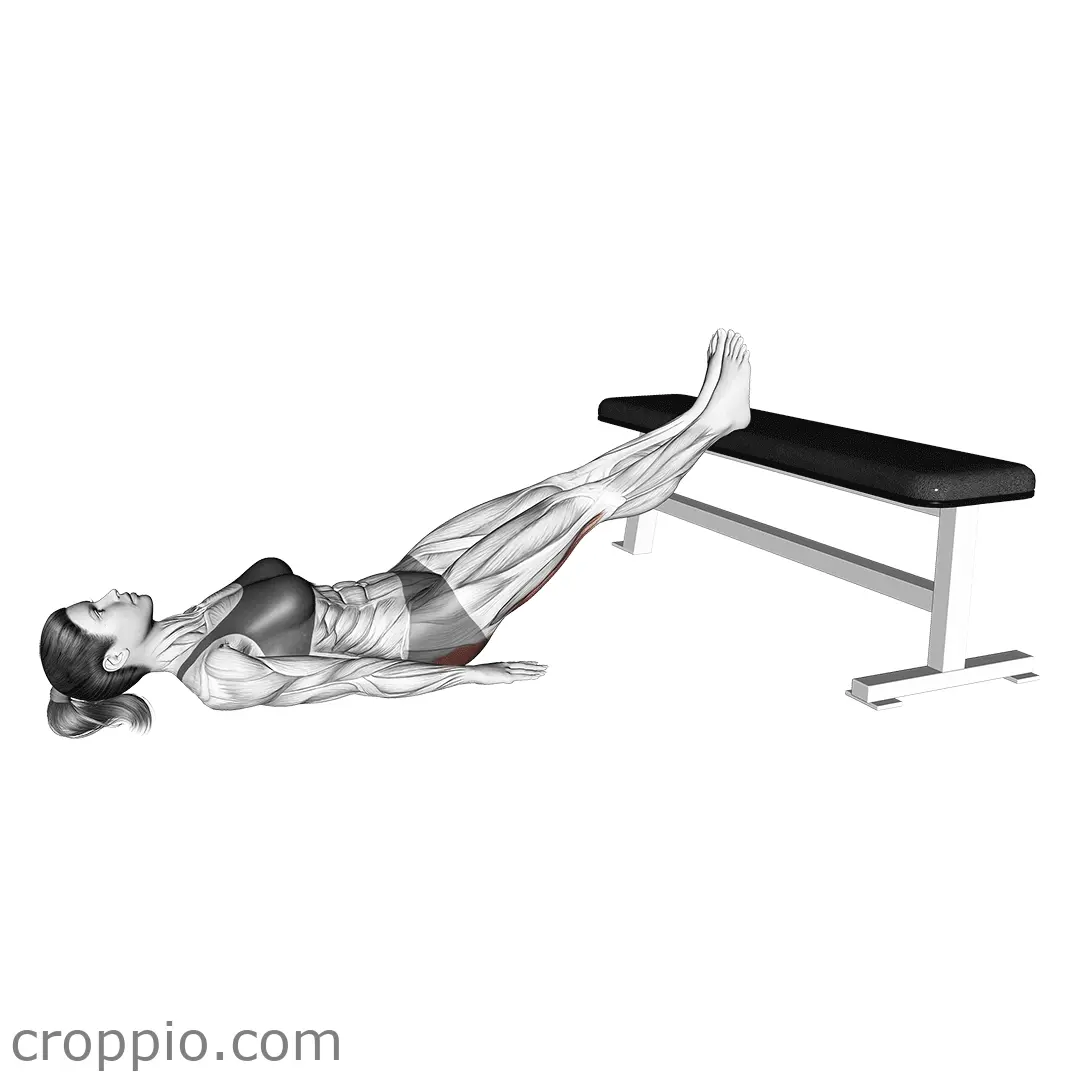Kettlebell Pistol Squat

Muscles Involved
The kettlebell pistol squat is a powerful lower-body exercise that primarily targets the quadriceps, hamstrings, glutes, and calves. As you descend into the squat, the quadriceps work hard to control the movement, while the hamstrings and glutes engage to stabilize and assist in returning to the starting position. Secondary muscles involved include the adductors, core muscles—such as the rectus abdominis and obliques—along with the lower back muscles, which help maintain posture and balance throughout the exercise.
Top Mistakes
- Failing to maintain an upright torso, which can lead to improper form and increased strain on the back.
- Allowing the knee to cave inward as you squat, increasing the risk of injury.
- Not fully utilizing the kettlebell's weight, which can lead to reduced effectiveness and stability during the movement.
- Rushing through the movement instead of focusing on slow, controlled reps, which could compromise form and lead to accidents.
Execution Tips
- Begin by holding a kettlebell with both hands in front of your chest or at your side, depending on your comfort and level of experience.
- Stand with your feet shoulder-width apart and shift your weight onto one leg while extending the other leg out in front of you.
- As you initiate the squat, hinge at the hips while keeping your chest lifted, and bend the standing knee, making sure it tracks over the toe without letting it collapse inward.
- Lower your body as far as you can while keeping your extended leg straight, aiming to maintain a controlled descent and a solid connection through your standing heel.
- Push through your heel to return to the starting position, engaging your core to help maintain balance and stability.
Workouts
The kettlebell pistol squat can be incorporated into a comprehensive workout routine designed to enhance strength, balance, and flexibility. A suggested approach is to perform 3-4 sets of 5-8 repetitions per leg, allowing for full recovery between sets to maintain form. To complement this exercise, consider adding movements like kettlebell swings, Bulgarian split squats, and goblet squats for a balanced lower-body workout. Additionally, pairing this with core exercises such as planks or Russian twists can enhance overall stability and strength.
Conclusion
Incorporating kettlebell pistol squats into your fitness regimen offers numerous benefits, including improved lower-body strength, increased balance and stability, and enhanced core engagement. This dynamic movement not only challenges your muscles but also promotes functional fitness, making everyday activities easier and more efficient. With proper form and technique, kettlebell pistol squats can be an incredibly effective addition to any workout routine.



